You don’t need to be a doctor or lawyer to achieve financial independence. In fact, you don’t need a high salary at all. With some strategy and discipline, you can learn how to FI even on a modest income.
But that doesn’t mean it will be easy! You will likely have to make sacrifices to reduce your annual spending and learn how to make your money work for you.
We put together this guide to help you reach your financial independence number no matter your income level. These 12 tips will show you how to save money, invest wisely, and reach your dream of financial freedom.
1) Start With A Budget
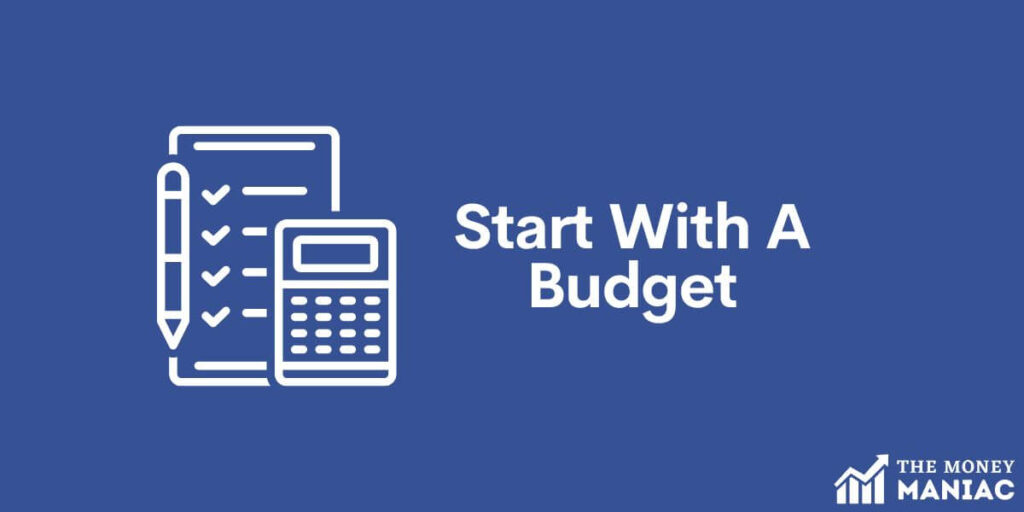
Although it can get a bad rap, budgeting is the key to a financially independent lifestyle. But for now, don’t think of a budget as a jail cell — think of it as a plan.
And you wouldn’t approach other personal or financial goals without a plan, would you?
So before we dive into what your budget should be, first determine what it is.
Use a budget planner, spreadsheet, or app to lay out your income and all your expenses. This will give you a clear picture of where your money is going and how much you are saving.
To calculate your FI number, look at your total monthly spending and adjust it up or down as needed to predict your future monthly expenses. Then, using 4% as a safe withdrawal rate, multiply this monthly total by 300. Or equivalently, you can multiply your estimated annual expenses by 25.
This is just a starting point, but it tells us how much money we need so that our yearly spending is entirely covered by investment income.
If your FI number feels approachable given your age and current savings rate, then great! You are well on your way to enjoying a life of financial independence.
But if you’re like most people, this FI number can feel like a distant dream. Luckily, you are in good hands. You have taken the right first step in reviewing your current spending and calculating your FI number.
Next, we will look at ways to increase your savings rate and shorten your FI journey.
2) Focus On The Big Expenses
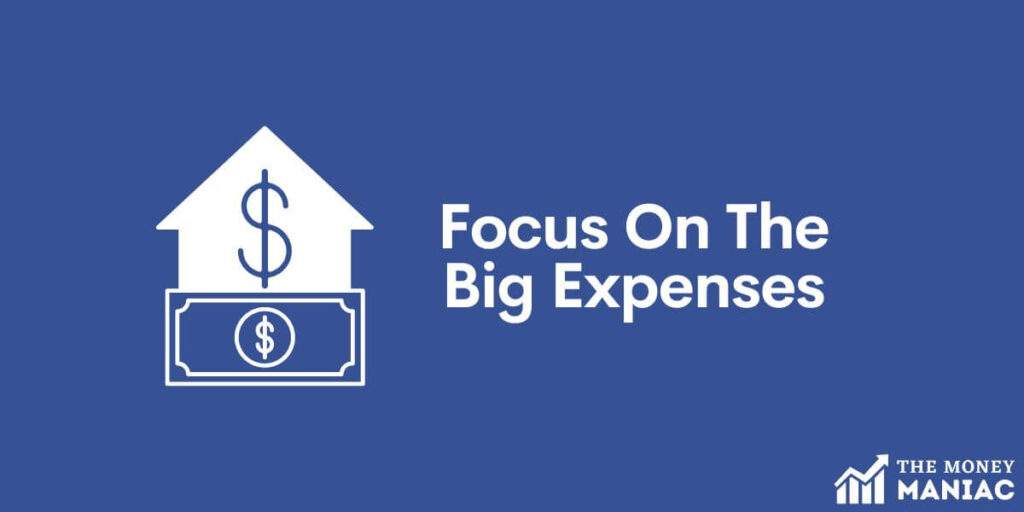
Pinching pennies rarely moves the needle on your net worth. So instead of sweating over small expenses, focus on the big ones.
Here are three significant expenses for many people and simple ways to reduce them:
Housing
- Negotiate or refinance your mortgage payment. Even just a 0.1% lower interest rate saves more than $1,000 per year on a $260,000 30-year loan.
- Rent out a spare bedroom for an extra income stream.
- Become a live-in property manager in exchange for free rent.
- Try an alternative housing solution such as house sitting, a co-living space, or a tiny home.
Transportation
- Use public transportation, bike, or walk instead of driving a car to save on gas, insurance, maintenance, and parking expenses.
- Consider carpooling or ride-sharing with others to split the cost of transportation.
- Plan ahead to find the most affordable gas stations.
- Use apps or websites that help you find the cheapest prices on flights, rental cars, or other modes of transportation.
Debt
- Aggressively pay down high-interest credit card debt
- When full repayment is not possible, consider consolidating the debt on your lowest interest-rate card or loan.
Because these three categories likely represent a large percentage of your yearly expenses, cutting them can dramatically reduce your remaining years to FI. Take the time to closely review your spending and look for easy but meaningful wins.
3) Reduce Food Costs
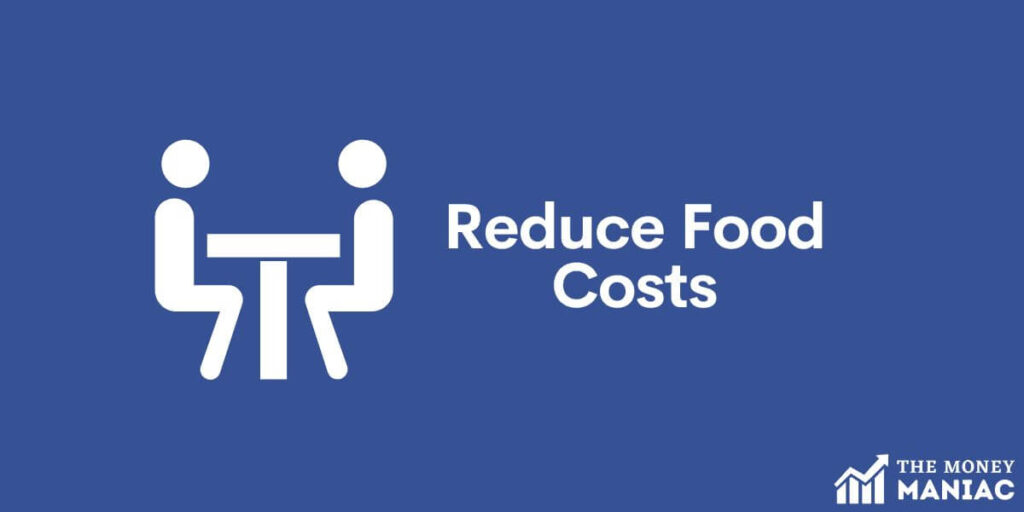
No, we’re not here to preach about the virtues of Ramen noodles and canned tuna. And we don’t think every millennial is a few coffees and avocado toasts away from becoming financially independent.
But for many, food costs can be a surprisingly huge expense. And with the right strategies, you can cut your grocery and restaurant bills in half without feeling deprived.
To start, give meal planning and bulk cooking a try. Instead of lounging on Sunday afternoon, set aside a few hours to plan, shop for groceries, and cook a few meals.
Package them up in serving-sized Tupperware containers, and then grab them throughout the week for lunch or dinner. This can decrease your overall time spent cooking, and drive down your cost per meal to just a couple of dollars.
You can also try “meat-free” days to reduce your grocery bill. Beans and legumes are full of protein, fiber, and other important nutrients that make for tasty meals. And they cost much less than beef or chicken breast. Throw these in a salad, stew, or soup to stay full and healthy without breaking the bank.
Finally, if you love dining out with friends or family, consider skipping on appetizers and drinks. This small tweak to your ordering habits can amount to hundreds of dollars in annual savings.
4) Cut Entertainment Costs

People who begin learning how to FI often become disenchanted with the idea of saving at the expense of fun. But that doesn’t have to be the case at all.
For one, you only have to save as aggressively as you choose to. If you feel confident that you can reach FI and you are comfortable with your progress, you might only cut your completely unnecessary expenses — like unused subscriptions or streaming services.
And second, there are plenty of ways to entertain yourself and others without spending a dime. Here are a few ideas:
- Take a hike or explore nearby parks.
- Check out local theaters and museums, which often have free days throughout the year.
- Start a book club, poker night, or potluck with friends.
- Volunteer your time to causes you care about.
- Pick up a hobby or learn a new skill like coding.
- Attend community and cultural events such as art festivals, farmers’ markets, or street fairs.
Exploring free entertainment options is an easy way to save more money without sacrificing fun. And it might even help you discover new interests and activities you’d never considered before. Overall, it’s a win-win situation for both you and your personal finance goals.
5) Increase Income
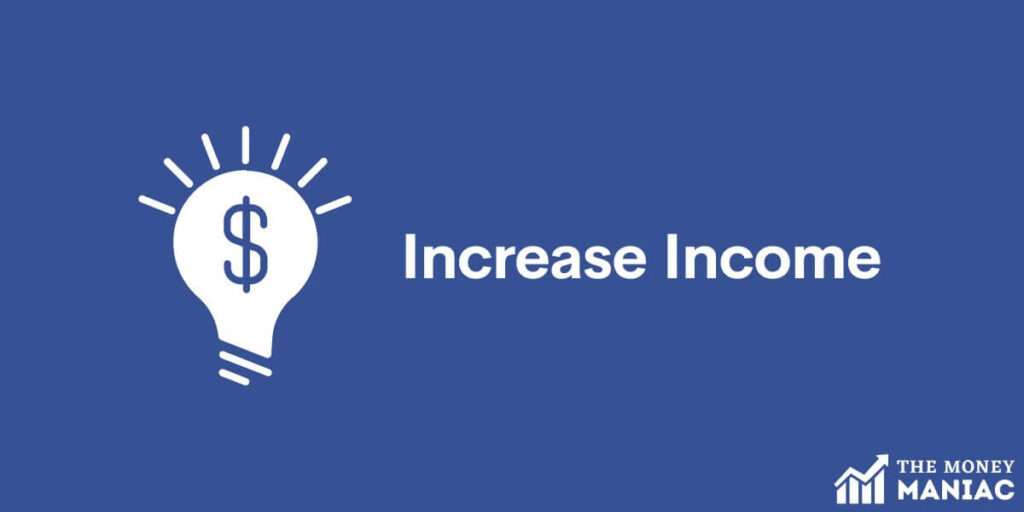
Few things have as profound an effect on your ability to achieve FI as your income. Whether it’s from a salary, a business, or a passive income stream, the more money you make, the faster you can reach financial independence.
After all, you can only reduce expenses to a certain point. But your potential to maximize income is virtually limitless. That’s why it pays to look for ways to increase your earnings.
Here are a few potential strategies to accelerate your path to FI:
- Pursue career advancement opportunities, like taking on leadership roles or seeking promotions.
- Learn new skills and earn certifications to make yourself more marketable.
- Start a side hustle or small business to improve your earning potential and pad your savings account.
- Invest in income-producing assets like rental properties. If you don’t have the upfront money saved, try to trade your time and skills for sweat equity.
- Negotiate a raise at work after delivering on an important project and proving your value.
Even a small bump in income can make all the difference in your cash flow and annual savings rate. So stay just as vigilant about boosting your earnings as you are about cutting expenses. Together, they can help make financial independence a reality.
6) Use Technology To Save

Every year more and more apps and tools are available for tracking, managing, and minimizing your expenses. These can range from automated budgeting platforms to cashback apps that help you save more money faster.
Here are a few types of technology that can support your financial independence journey:
- Budgeting apps: Track your spending, create budgets, and enable real-time alerts and insights with apps like Mint, YNAB, and PocketGuard.
- Comparison shopping tools: Find the best deals on products and services online with sites like PriceGrabber, Google Shopping, and CamelCamelCamel.
- Cashback apps: Earn cashback or discounts on your purchases with apps like Rakuten, Honey, and Ibotta.
- Energy-saving devices: Optimize your energy usage and save on energy bills with smart thermostats, energy-efficient light bulbs, and other home automation devices.
- Auto-investing apps: Automate your investments and start dollar cost averaging into the stock market with apps like Acorns or Stash.
Technology is one of the best ways to work smarter, not harder. These apps and tools can help you cut wasteful spending, find deals, boost your investment returns, and achieve FI much more quickly.
7) Focus On Long-Term Goals
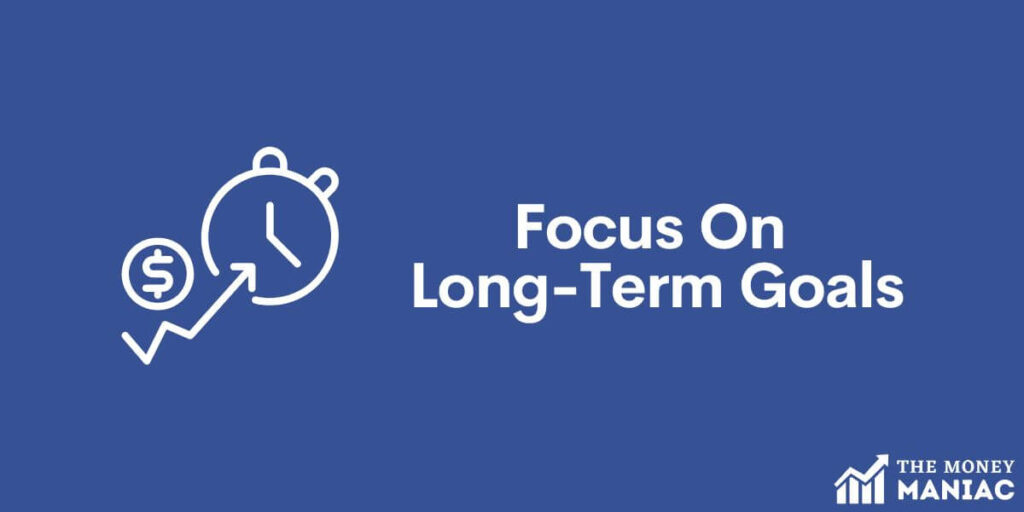
Don’t forget that pursuing financial independence is a long-term journey. As badly as you may want to reach FI, it is important to pace yourself as you would for any other big goal.
So set yourself up for success by starting small. Introduce gradual changes to your annual spending, and make your investments automatic. Over time, you can increase the intensity of your FI plan, if you so choose. But it’s best not to shape your expectations of the future based on an unsustainable lifestyle.
If you don’t have any bad debt (student loans, payday loans, or credit card debt), create a plan that allows for occasional splurges. This safety net will ensure that you have room for life’s unexpected costs and expenses — both good and bad!
Also, be sure to track your progress toward your FI number. A simple Google Sheet with line items for your investment portfolio value, personal capital, and other savings vehicles is all you need.
Watching your investment earnings accumulate and seeing your FI number come closer and closer can be incredibly motivating. It’s a great way to tackle long-term goals and keep sight of the bigger picture.
Related reading: 21 Personal Finance Ratios That Will Boost Your Financial IQ
8) Avoid Lifestyle Inflation
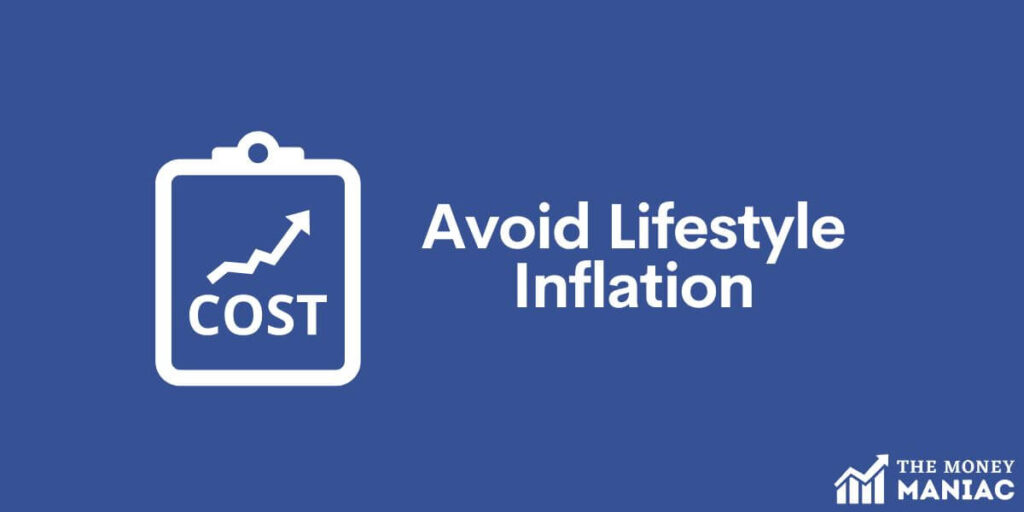
Lifestyle inflation is the trap of overspending that people fall into when they get more money. After receiving a raise or bonus, it’s natural to want to reward yourself. But if you make a habit of this, you may find that you are not on track to reach FI any faster.
In fact, it can get even worse. As you treat yourself to more expensive luxuries, you are unlikely to revert to your previous spending habits. So these new expenses become a permanent part of your annual spending, which can bring you even further away from achieving FI.
This is why avoiding lifestyle inflation is a core tenet of learning how to FI. However, it’s much easier said than done. To fight the natural urge to overspend, focus on experiences instead of things.
This can include travel, outdoor adventures, and other activities that you find meaningful. These are less likely to become ingrained in your lifestyle, and in many cases, they are much more fulfilling as well.
Material possessions and impulse purchases may bring temporary happiness, but they also open the door to lifestyle inflation. And when it comes to achieving financial independence, that door is best left closed.
9) Build An Emergency Fund

Before worrying about how to FI and how to accumulate enough money to retire early, it’s best to build a solid emergency fund.
Having this stash of personal capital readily available can offer stability and peace of mind. It prevents unexpected expenses from derailing your FI goals or forcing you to take out a loan.
In most cases, an emergency fund should include 3 to 6 months of living expenses. Ideally, this will be kept in a high-yield savings account with compound interest. But it could also be set aside in a checking account or in cash accounts that pay interest more nominally.
What’s most important, however, is that accessing this money is fast and easy. In a pinch, you should be able to safely withdraw the money needed to cover your costs without any delays or fees.
It’s never too late to start building your financial cushion. And once you have established it, you will find it much easier to think about bigger objectives like achieving FI. Just be sure to avoid the temptation to dip into your emergency fund for non-emergencies!
10) Leverage Tax-Advantaged Accounts
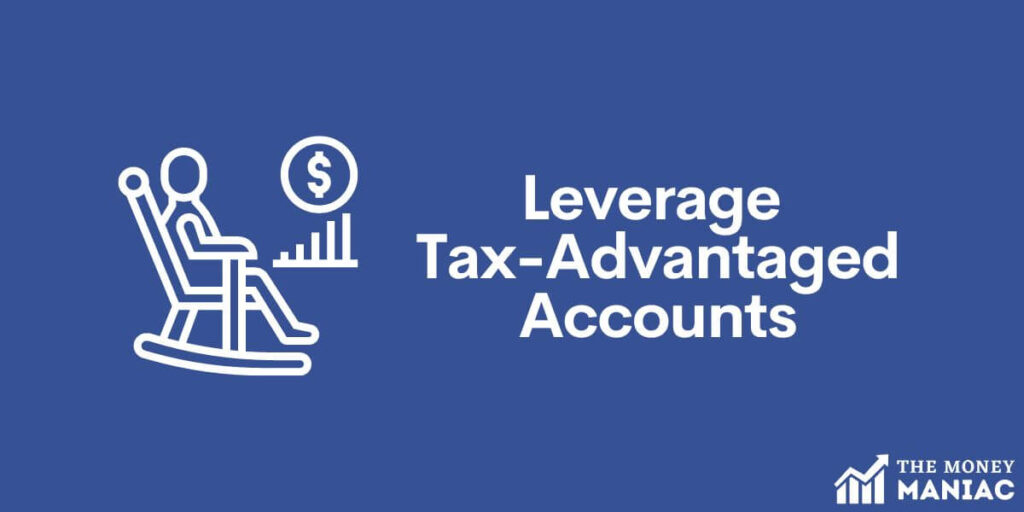
Part of understanding how to FI is knowing how to leverage tax-advantaged accounts. These programs offer powerful tax benefits, including tax-deferred growth, tax-free withdrawals, and/or deductions on contributions.
Here are the five primary categories of tax-advantaged accounts you should know:
- Retirement accounts: Reduce your next tax bill or let your money grow tax-free with a SEP IRA, traditional or Roth IRA, or 401(k)
- Health savings accounts (HSAs): Cover out-of-pocket health-related expenses with pre-tax dollars.
- College savings plans: Save for your child’s education with tax-free growth and withdrawals through 529 college savings plans or Coverdell Education Savings Accounts (ESAs).
- Dependent care flexible spending accounts (FSAs): Save money on childcare expenses and qualified medical expenses.
- Commuter reimbursement accounts: Save on commuting costs through transit and parking reimbursement accounts.
It’s simple to take advantage of these opportunities. By funneling your existing savings, or expenses, through specifically designated accounts, you can minimize your tax bill and use the savings to reach FI faster.
11) Invest In Index Funds
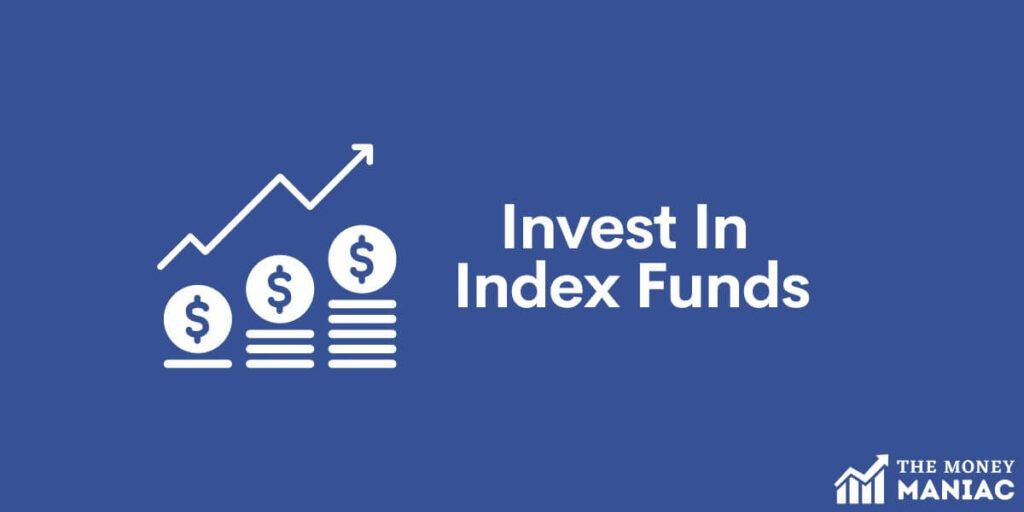
Investing wisely is about managing your ego and your emotions. Before you even log in to your brokerage account, check those feelings at the door.
Despite what Jim Cramer, hedge fund managers, and even Reddit’s r/WallStreetBets may tell you, it is almost impossible to outperform the market for long. Outside of a handful of legendary investors like Warren Buffett and Stanley Druckenmiller, the vast majority of investors who try to beat the market end up underperforming.
That’s why it’s much safer, simpler, and less stressful to stick with index funds. These investments are a smart, low-cost way to diversify your portfolio and save money on management fees.
Plus, given the wide variety of ETFs available, you can pick a fund where the investment risk matches your risk tolerance. This might mean tracking the overall market with a fund like VOO or taking a more focused approach such as with a sector-specific fund like XLK.
It should go without saying that it is important to conduct your own research and choose ETFs with the potential for long-term income and appreciation. After all, that is your ultimate goal with investing — to amass enough wealth to achieve financial independence.
But don’t be blinded by the upside. Markets are cyclical and for every upswing, there is a return to normalcy.
So be diligent with your selection criteria and keep an eye on long-term performance. Most online brokers, like Fidelity, Charles Schwab, and Vanguard, offer a suite of index funds to choose from and filters to narrow down your search.
No matter which you pick, remember: the key to FI is discipline and consistency — not market timing. Invest a fixed amount of money every two weeks or every month, regardless of the market’s condition or what your emotions might tell you.
This is how you avoid buying larger positions during market euphoria (at the top) and continue deploying money when it is most difficult to (at the bottom). Over a long enough time horizon, this practice will help you build the wealth necessary to become financially independent.
12) Find A Community

You are not alone — and you are far from the only person interested in how to FI.
To increase your chances of success, find a community of like-minded individuals who are also working to achieve financial independence. This can be as simple as joining an online forum, attending local meetups, or participating in social media groups focused on FI and personal finance.
Being around others on the same journey can offer support, accountability, and valuable feedback on your FI goals. You may even pick up tips on how to cut your yearly spending, boost your cash flow, and reach FI faster.
And frankly, that is a huge part of our motivation here at The Money Maniac. We hope to bring people together who have a shared vision of financial freedom and provide the resources to help them retire early.
So if you are looking for a community of people who want to reach financial independence too, our newsletter and Twitter account are the perfect places to start!
Related reading: 13 Best FIRE Blogs For Financial Education And Inspiration
Final thoughts on how to FI
The financial independence formula is relatively straightforward: save more money than you spend and invest the difference in low-cost ETFs. However, if you want to achieve FI as fast as possible, the 12 strategies above can help you get there sooner.
After calculating your FI number, focus on reducing your annual spending, maximizing your income, and automating your investment strategy. If you are intentional with your approach, you can likely reach financial independence before the traditional retirement age.
Simply follow this guide on how to FI and stay patient as you close the gap between your present net worth and your future FI number. The ultimate reward — financial freedom — will be worth the effort!



